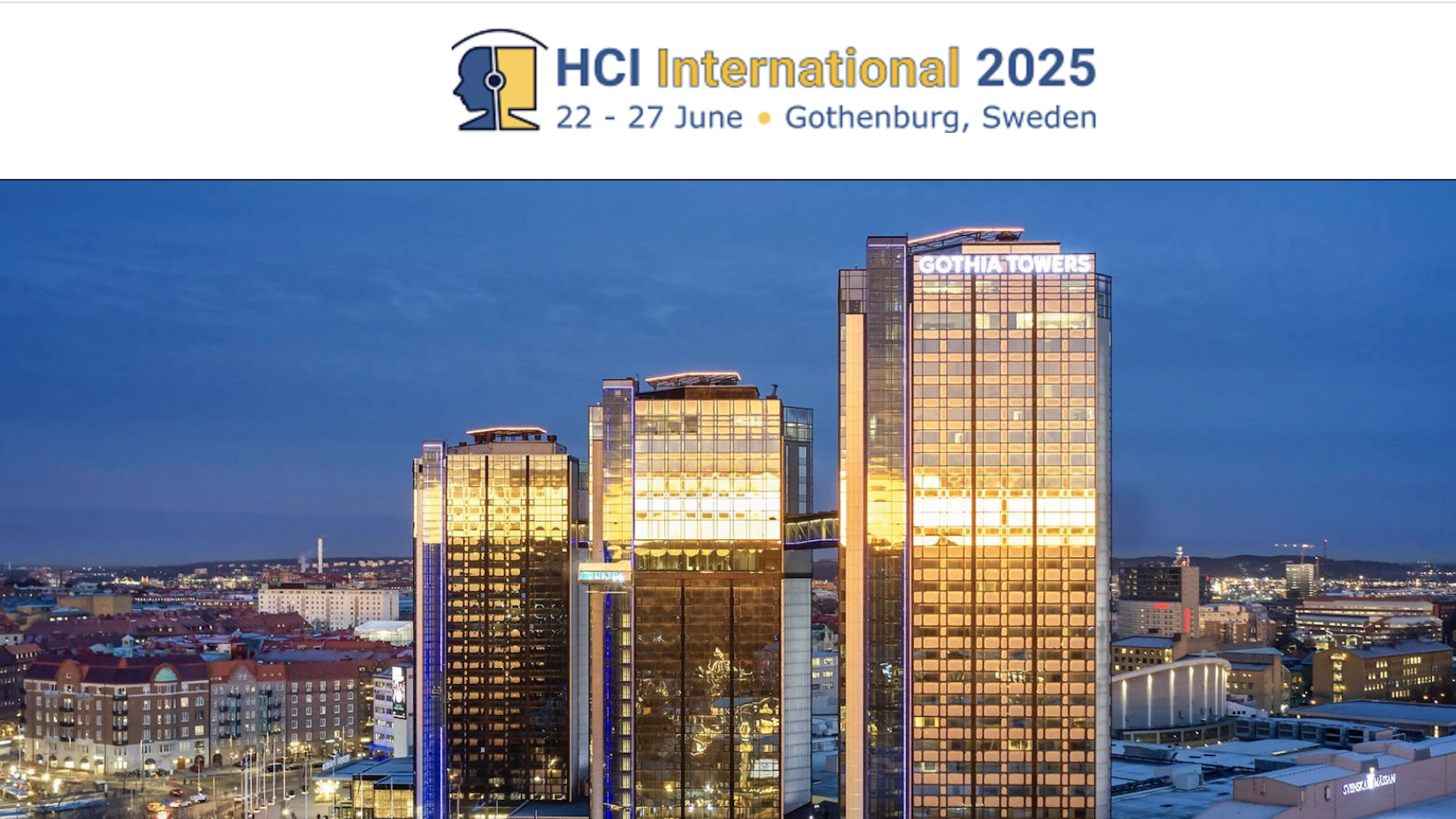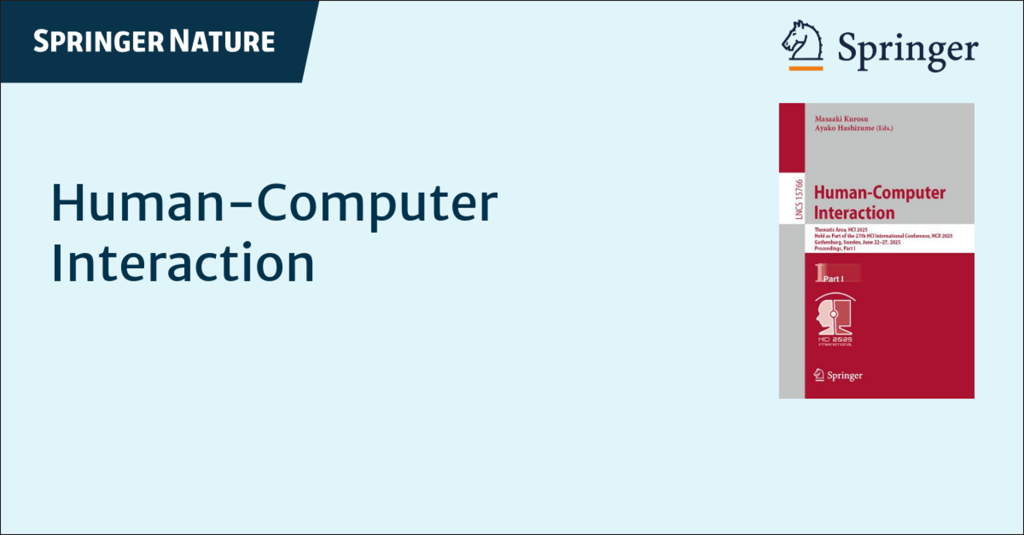RAISE Spoke 5 at HCII 2025, with a pilot study on the multidisciplinary analysis of the visitor experience at Robot Valley 2024


RAISE participated in the 27th edition of the international conference Human Computer Interaction (HCII) 2025, Gothenburg, with the paper A Mixed Method Pilot Study About the Visitor Experience – The Case Study Robot Valley Genoa, an Event Between Art, Science and Technology, within the RAISE Project, by Grazia Biorci (CNR-IRCrES), Adriana Ferrari (ETT), Patrizia Schettino (CNR-IAS) and Ilaria Schizzi (CNR-SCITEC).
The article, published in the conference proceedings by Springer, is the description of an analysis of the visitor experience at the event Robot Valley Genova 2024, first edition.
The event, born from a project conceived by Maurizio Gregorini, Fulvio Mastrogiovanni (UniGe) and Andrea Pagnin (IIT) was created by RAISE, by Spoke 5, with the coordination of the University of Genoa, the CNR and the IIT and the Municipality of Genoa, to involve experts and citizens on the topics of robotics, AI and art.
The pilot study is based on combining multiple methodologies (mixed methods approach), from different disciplinary fields: linguistics, psychology, user experience research, visitor studies and data visualization.
The data were collected through the administration of a questionnaire with closed and open answers. to people who visited the main venue of the event (the historic Villa Bombrini in Genoa Cornigliano) and participated in moments of dissemination or events and meetings on scientific and artistic themes.

The quantitative analysis revealed a high level of satisfaction and engagement, while the qualitative analysis of informal learning allowed us to better understand what and how people learned from the event, in its various activities (demos, workshops, conferences, exhibitions, artistic installations). The linguistic analysis also highlighted which words were used most frequently by visitors in their responses.
With the personas method, the profiles of the various types of visitors were described, based on patterns in their responses.
Finally, the data visualization allowed us to present the data in a visual way, with graphics specifically designed to facilitate communication and understanding of the results.
We would like to thank ETT, Michela Tassistro (CNR-SCITEC) and the Festival della Scienza for their support in data collection.
The conference program at this link.
